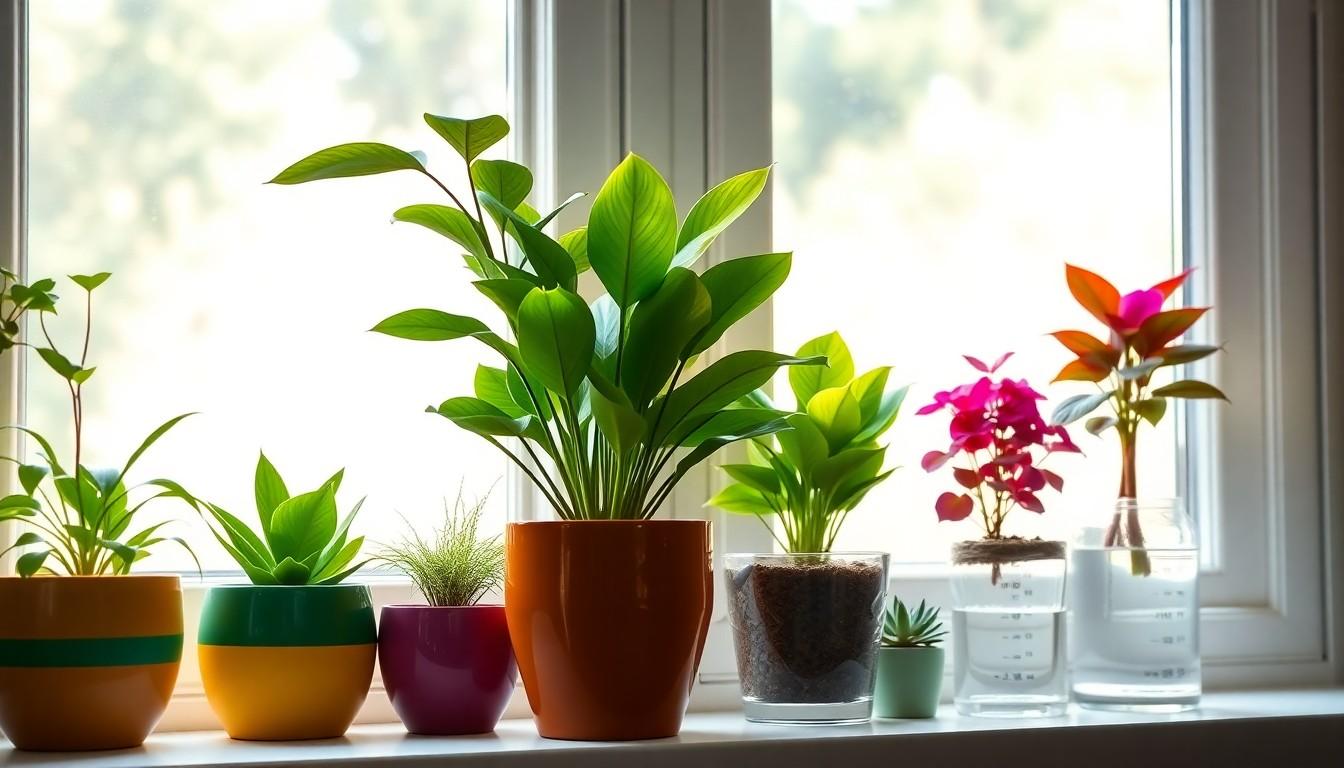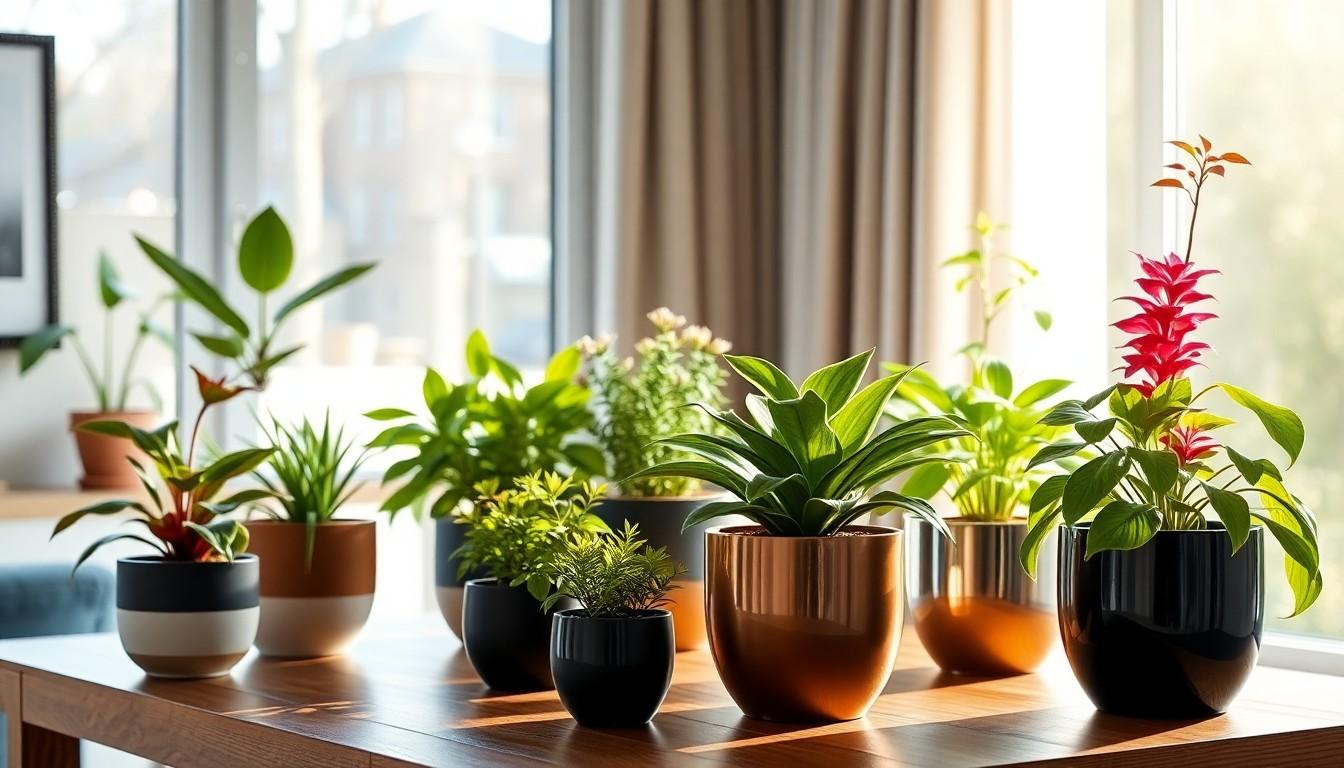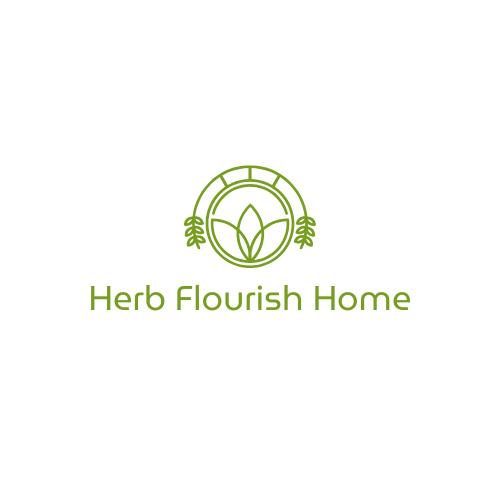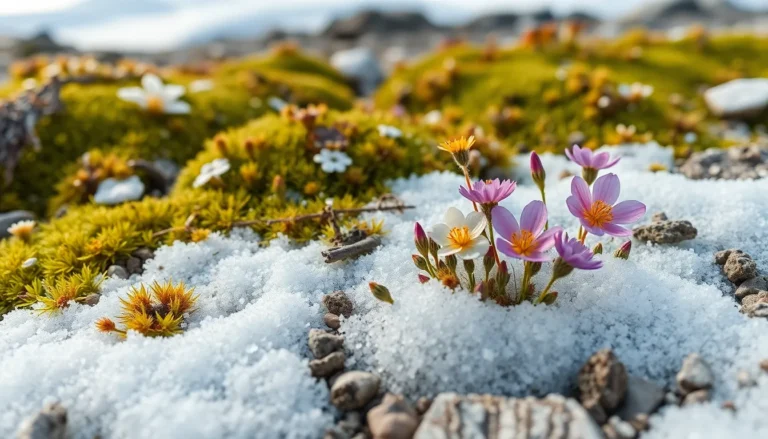
Self-Watering Pots for Indoor Plants: The Ultimate Solution for Thriving Greenery
Indoor plants bring life to any space, but let’s face it—keeping them hydrated can feel like a full-time job. Enter the self-watering pot, the superhero of the plant world. These clever containers take the guesswork out of watering, allowing plants to sip on moisture whenever they need it. It’s like having a personal butler for your ferns and succulents, minus the bow tie.
Overview of Self-Watering Pots
Self-watering pots provide an innovative solution for maintaining optimal moisture levels in indoor plants. They eliminate frequent watering while enhancing plant health.
What Are Self-Watering Pots?
Self-watering pots consist of a container structure designed to supply consistent moisture. These pots usually feature a reservoir at the bottom, allowing plants to draw water as needed. Typically made from materials like plastic or ceramic, these pots ensure durable use. Some include indicators that show water levels, making it easy to monitor hydration needs. Using self-watering pots promotes a healthier environment for various indoor plants.
How Do They Work?
Self-watering pots operate through a simple yet effective mechanism. Water sits in a reservoir beneath the planting soil, offering access to roots. Capillary action draws moisture from the reservoir up into the soil. As the soil dries, it pulls more water up from the reservoir, maintaining an appropriate moisture level. Many designs incorporate wicking systems for enhanced water movement. These pots reduce the risk of overwatering and ensure consistent hydration for plants.
Benefits of Self-Watering Pots

Self-watering pots provide several advantages for indoor plants. These benefits enhance plant care and promote a thriving indoor garden.
Reduced Watering Frequency
Self-watering pots significantly decrease the frequency of watering. These containers maintain consistent moisture levels, reducing the need for daily or weekly checks. With a reservoir at the bottom, they allow plants to absorb water as needed. Consequently, busy plant owners spend less time on watering routines. Many individuals find it easier to care for their plants, especially when occasional travel occurs. The design of these pots simplifies maintenance for those who may forget to water on time.
Improved Plant Health
Improved plant health stems from optimal moisture conditions provided by self-watering pots. These pots help eliminate the risk of overwatering, a common issue impacting indoor plants. Continual moisture supply ensures roots stay hydrated without saturation. Thriving plants exhibit stronger growth, vibrant colors, and less susceptibility to disease. Proper hydration contributes to vitality, supporting nutrient uptake and overall resilience. Many indoor gardeners enjoy healthier plants and extended longevity with the use of self-watering pots.
Types of Self-Watering Pots
Various self-watering pots exist, each designed to cater to specific plant care needs. Understanding these types helps in selecting the right pot for enhancing indoor plant health.
Sub-Irrigation System
Sub-irrigation systems employ a unique method for moisture delivery. This design features a bottom reservoir that allows water to rise up to the soil through capillary action. Moisture levels remain consistent, as plants absorb only what they require. Users benefit from reduced maintenance, as adjustments in watering frequency become less necessary. This system works well for various indoor plants, ensuring a steady hydration level effortlessly.
Reservoir System
Reservoir systems provide a more traditional approach to self-watering. These pots include a designated water reservoir, typically located at the bottom of the container. Water drains into the soil when it becomes dry, keeping the root zone hydrated. The simple design makes it easy for plant owners to monitor moisture levels manually. Reservoir systems suit different plant species and can be especially beneficial for plants that thrive in consistently moist soil.
Choosing the Right Self-Watering Pot
Selecting the perfect self-watering pot involves understanding various factors such as size, material, and plant compatibility.
Size and Material Considerations
Pot size significantly influences plant growth. A larger pot holds more soil and water, supporting bigger plants and reducing watering frequency. Smaller pots suit compact plants, allowing for easier placement in tight spaces. Durable materials like plastic and ceramic ensure longevity. Plastic pots are lightweight and often more affordable, while ceramic options provide an appealing aesthetic. Both materials should feature a proper drainage system to prevent excess water accumulation.
Plant Compatibility
Different plants thrive in specific environments. Tropical plants often benefit from a consistently moist environment, making self-watering pots ideal. Conversely, succulents and cacti prefer drier conditions, requiring careful monitoring in self-watering setups. It’s essential to match the pot’s watering mechanism with the plant’s needs. Additionally, consider the plant’s root system. Deep-rooted plants do best in taller pots, while shallow-rooted plants thrive in more compact designs. Assessing both plant type and pot design enhances overall plant health and growth.
Conclusion
Self-watering pots offer a practical solution for anyone looking to maintain a thriving indoor garden. By ensuring consistent moisture levels and reducing the frequency of watering, these pots cater to busy lifestyles while promoting healthier plants. With various designs available, plant owners can select the best option based on their specific needs and preferences.
Choosing the right pot can significantly impact plant growth and overall health. Whether opting for sub-irrigation or reservoir systems, understanding the compatibility between the pot and the plants will lead to a more successful gardening experience. Embracing self-watering pots can transform indoor gardening into a more enjoyable and less stressful endeavor.



